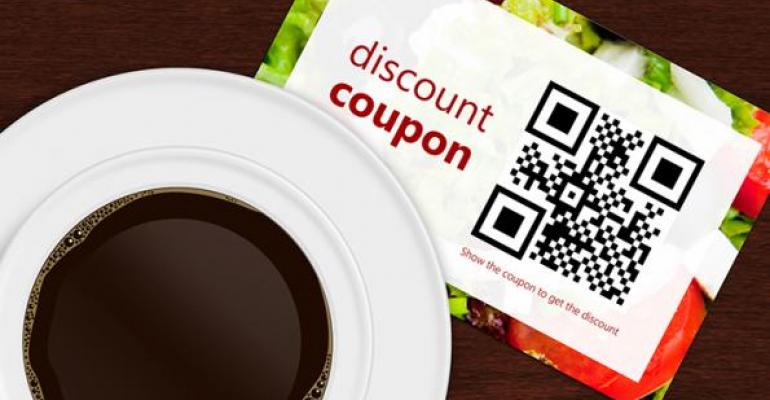You know the drill. You develop a campaign based on previous performance and historical data about your target audience – often with the hope that it will drive sales while pushing the limits of your narrow bullseye. Success is measured in the weeks and months following the program’s end. In the interim, you’re stuck sitting on your hands playing a game of wait and see.
What if you could see how effective your campaign is while it’s still in play? Or better yet, what if you could learn about any target evolution or gains with new customers as you go? Good news: You can.
If you’re unsure about your audience or you’re interested in a test-and-learn method, consider the following five approaches to support your digital media strategy:
1. Radius targeting: Do you know how far your guests are willing to travel to get to your restaurant? Two miles, five miles, eight miles, 10.2 miles? (Hint: that is typically the sweet spot.) If you’re delivering impressions outside of your guests’ optimal travel radius, you are wasting resources and effort on consumers who won’t likely convert. However, through a sound geo-targeting strategy, you can be more selective in the information you deliver and the potential guests you reach.
2. Run an A/B test: Percentages or dollars off? Consumers react differently to offers depending on what they deem a better value. A direct comparison of % versus $ offers can help set a baseline and inform your messaging.
3. Don’t trust your visual gut: Regardless of whether you think you know your audience, don’t let your bias determine which imagery will most likely attract your customers. Just because you have a top-selling dish doesn’t necessarily mean it’s the most appealing image to use in your creative. Instead, be sure to use a mixture of text-only and image-based banners until you learn which combination of text and imagery drives your desired objective (i.e. clicks, sales, a particular action, etc.).
4. Consider complex testing: Fractional factorial testing is a great way to analyze a series of variables without a ton of extra work. Fractional factorial starts with a control banner creative, then individually tests any number of headline variations, background variations, subcopy variations and call-to-action variations. Keep in mind though, when testing multiple banners, it’s important that you only change one factor at a time.
5. Play outside the box: Still not ready for a branding campaign but need to drive in-restaurant traffic? Think about advertising on apps that encourage people to interact with your brand and provide discounts to guests when they scan a purchase receipt. This is often more affordable, yet still lucrative.
Data science plays an important role in making smart marketing decisions. Be certain the information is working as hard as possible for your brand. After all, you have to know where you’ve been to know where you’re going. Today, it’s possible to know where you are, right now, so you can learn where you need to be.
Dwight Muhlbradt, a digital marketing veteran, is senior partnership supervisor with IMM.





